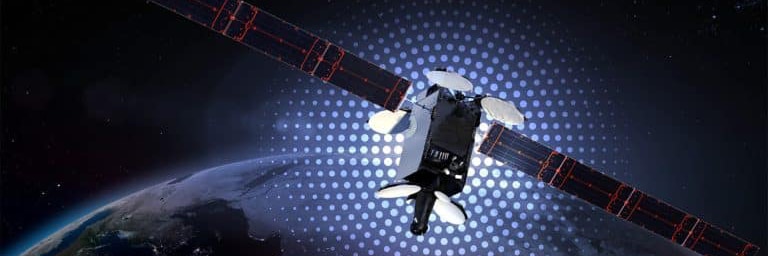Showing 1 - 9 of 461

Intelsat Partners with Whitaker Peace & Development Initiative to Expand Access to Education in East Africa
Satellite-powered connectivity will support enhanced online education in conflict-affected regions in East Africa...

Intelsat and iKO Media Group Expand Global Reach of Faith-Based Broadcasting with “Faith Beyond” on Galaxy 19
Faith Beyond enables ministries to effortlessly expand and engage with their audience....

ViewMedia Partners with Intelsat to Boost Television’s Entertainment Offerings in Sub-Saharan Africa
This renewal, leveraging the Intelsat 20 (IS-20) video neighborhood and Africa’s premier DTH community, aims to...

Intelsat, 4iG Group Strengthen DTH Services in Hungary with New Agreement
Intelsat announced a long-term renewal agreement with Hungaro Digitel Plc. (HDT) which provides Direct-to-Home...
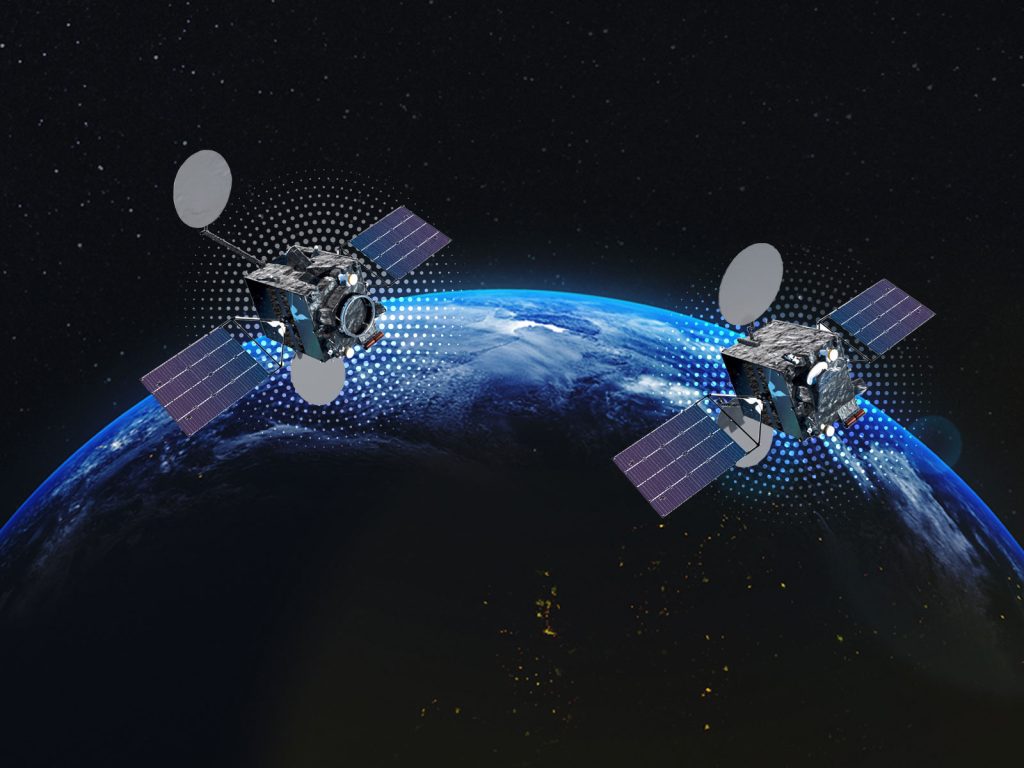
Intelsat S.A. Shareholders Approve SES Transaction
Intelsat S.A. held a shareholder meeting during which 99.99% of shareholders voted in favor of approving the SES...
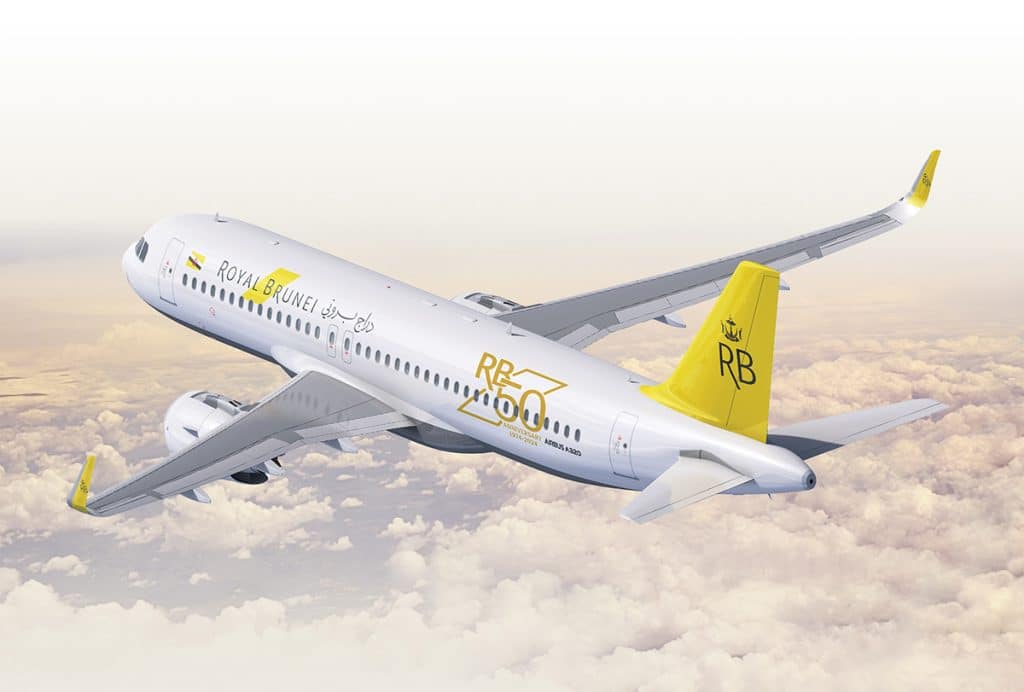
Intelsat Inflight Connectivity Coming to Royal Brunei Airlines
Intelsat was selected by Royal Brunei Airlines (RB) to provide multi-orbit inflight connectivity service to the...

Intelsat Providing Satellite Connectivity in Solomon Islands
Intelsat and Solomon Telekom Company Limited (STCL) are delivering improved satellite connectivity throughout...
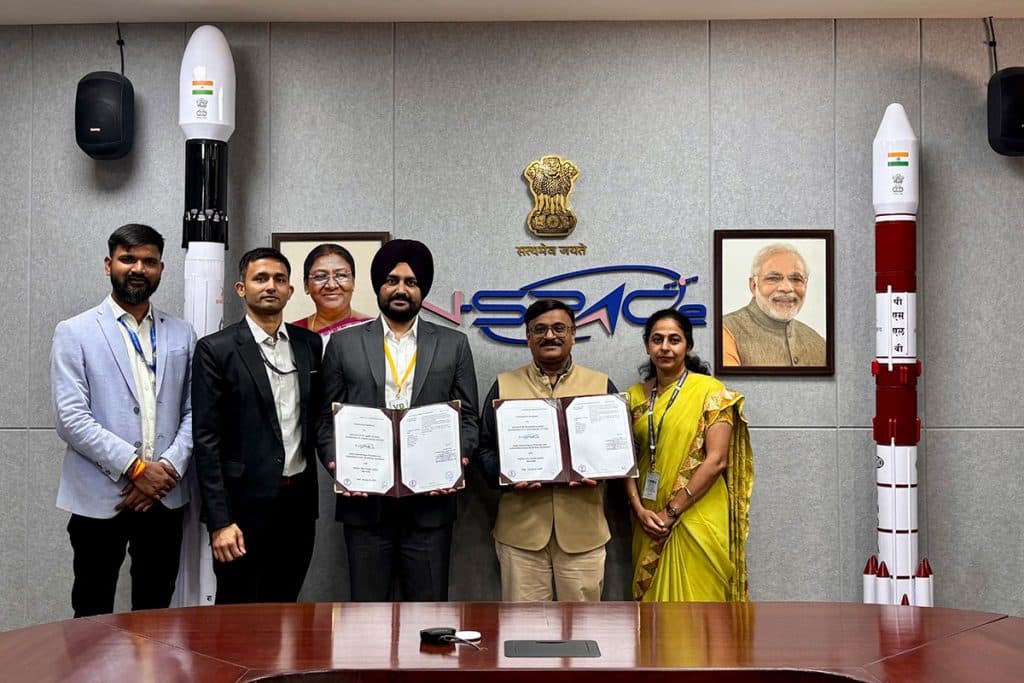
Intelsat Wins India Approval for Direct Broadcast Services
The approved satellite fleet will primarily serve India’s dynamic direct broadcast media industry, enabling...
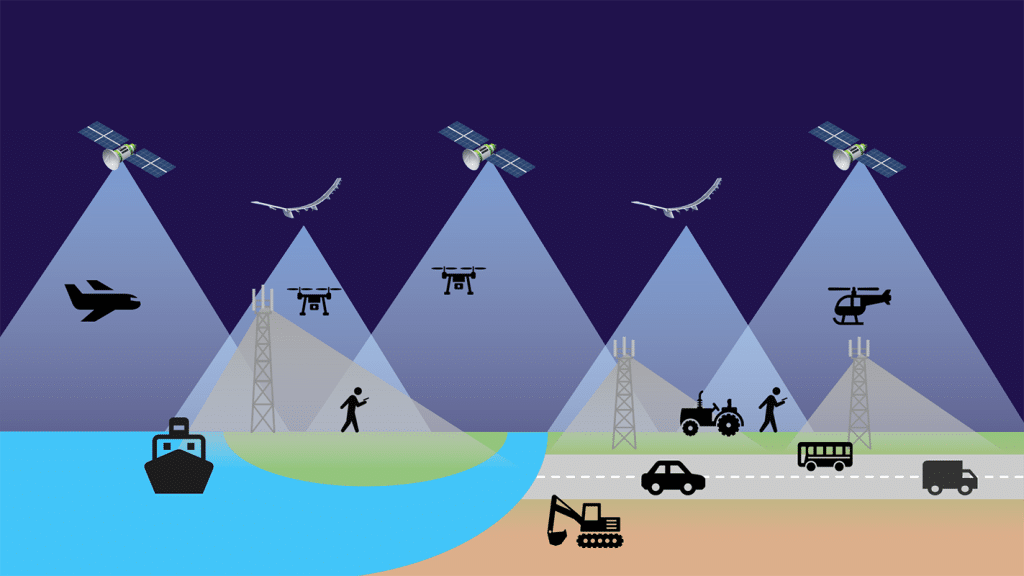
Intelsat, Cubic³ Complete Vehicle Satellite Connectivity Test, Advancing Ubiquitous Connectivity Vision
This collaboration builds on the groundbreaking agreement signed in 2024 between SoftBank Corp. and Intelsat to...





